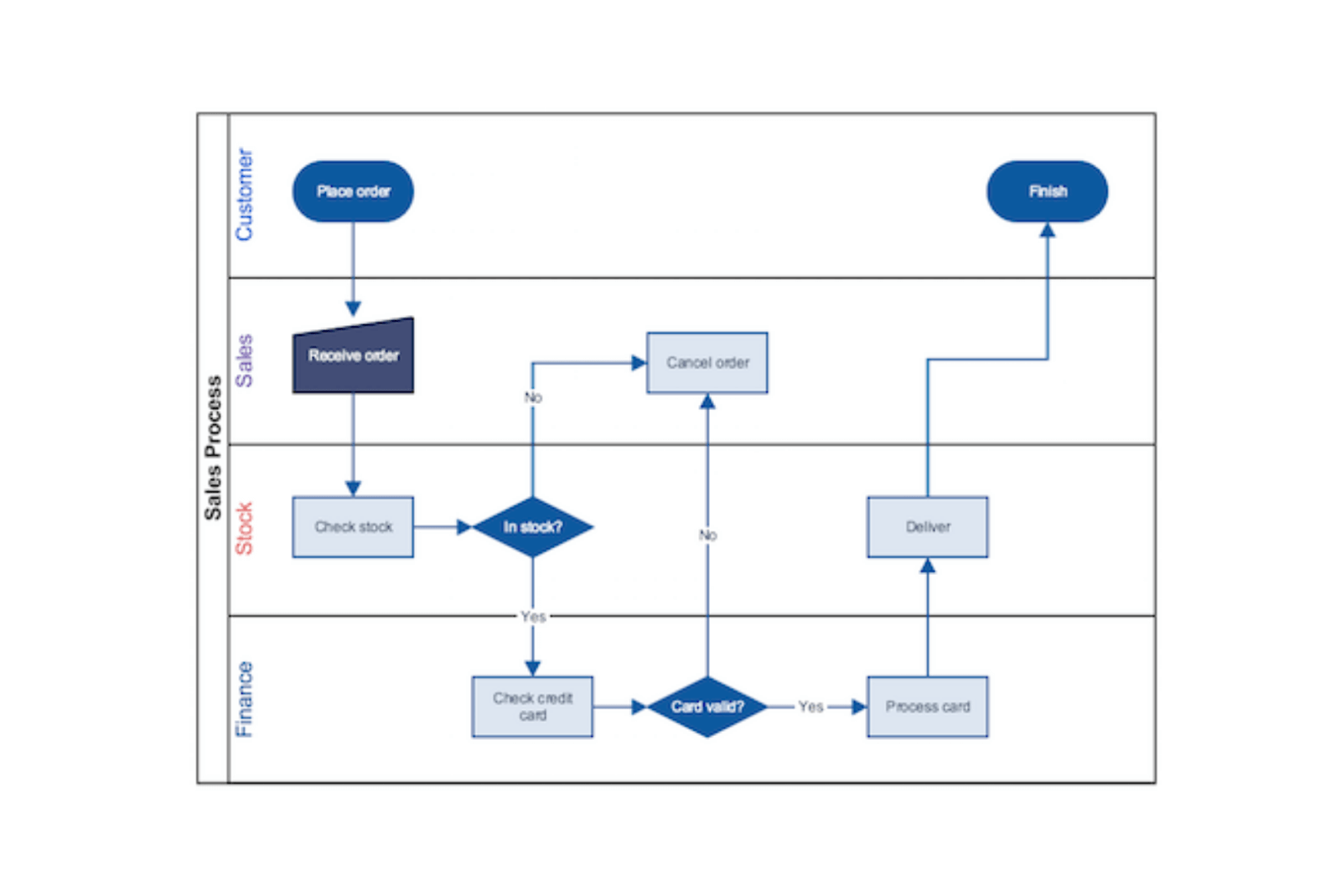
While the popular saying goes on the lines of ‘A Picture is Worth a Thousand Words’, but truth be told, it is worth a whole lot more. It is a lot easier to understand concepts with the help of images, rather than boding over lengthy pieces of texts. A diagram is not just an image. It is an articulation of ideas and concepts in a flow which is easy to comprehend, to grasp and to remember. Think of it like this, the moment you enter a meeting, where too many hands are flapping and too many words are being used, it is clear that a simple graph or a diagram can put the presenter out of his or her misery.
Every business has its own set of diagrams for assistance. However, in today’s blog, we will concentrate our energies towards the most helpful (at least according to our experience) diagrams to facilitate product management concepts. And don’t you dare write them off before you put them to practice at least once.
Product Management Bottleneck

In our experience, the biggest problem with any managerial issue is that of micro management. Product managers or even project managers somehow feel this compulsive need to be a part of every process and discussion. This not only makes it extremely tedious for people working under his or her leadership, but also makes it brutally inconvenient to gather concrete ideas and have them flowing seamlessly.
It is important to understand that while the product development phase has all hands on deck, as you near delivery, the number of people involved keep getting fewer and fewer. That is perhaps the right time for you to step in and take charge.
Empower your team to communicate within themselves rather than channeling all conversation through you. So much back and forth will not only be a monumental waste of time, it will also be extremely difficult to get coherent ideas.

The diagram above explains how clear and cognitive ideas flow through a bottle neck easily if there is no meddling of wasteful ideas and energies in the midst of it all. Every time you are stuck with your team and need to explain to them the importance of accountability and to show faith in their potential, draw this up. This will surely clear a few minds and get them to focus right back to their ideas.
Swimlanes Diagram

If you are handling a really complex process and want to make it a little easier for the entire team to be on the same page, then this is the diagram for you. It may seem a little intimidating on the first look, but if you try to understand it, it surely makes things a lot easier.
To make things simpler, think about your product as an item that touches multiple access points in the various aspects of the business. So, the diagram basically allows you to build individual ‘swimlanes’ for each department.
Now, you can put in the tasks and the step during which each task has to be performed in each department’s lanes. This lends clarity to every member of the team and makes it extremely easy for everyone to know what they are supposed to do and when they are supposed to do it.
Let’s say for example, you have to get into the invoicing process of delivering a product to your client, even before the product development starts. Yeah, yeah, invoicing ain’t sexy, but that is what keeps the company rolling, so, you know, regardless of how cool a product manager you think you are, at some point, you’ve got to get to those things.
So, invoicing, right. If you have to create an invoice, before the whole product development process begins, it might be a wise choice to create a swimlanes for your team so that the finance department knows what they have to give you, your sales team knows where you stand and so on and so forth.
Also, being able to draw such a cool diagram and making the life of your team easy will definitely get you points for being a great manager.
User Journey Diagram
If you have been working with a design and development team and trying to coordinate with the client, you know it is not short of a battle between vampires and ware wolves. Each team potent with their own strengths, but also bearing a fatal flaw that makes them vulnerable to the other’s attack. Maintaining a design flow that is in sync with the developer’s functionality is a designer’s full moon night and to create a functional dimension that not only works well but can appease the designer (yep, no one’s thinking about the user yet) is the developer’s wooden stake.
Too much? Okay, see that’s why you need diagrams. To simplify what I just said, well, putting together the developers’ requirements and the designer’s ideas in a coherent way and to communicate them effectively to the client.

As the above diagram shows that the user journey diagram solves a much larger problem than simple communication. It helps every member of the team working toward product development and management understands the efforts that are taken to create that product and to make it viable in the market for the users.
Now, with all the vampire and ware wolves confusion, having this diagram effectively eliminates any doubt in the mind of either party so as to what the ultimate objective of the software is. Please note as we’ve already mentioned above that when a team starts tussling within themselves about what they believe the final product should be like, the focus shifts entirely from what the customer or end user wants. A regular reminder in the form of this diagram can help everyone in the team appreciate exactly what the final objective is and keep their heads in the game rather than feuding amongst themselves.
Product Management Funnel

Not to brag, but we have been in this industry for a long time now, and one of the most common misconceptions that we have observed lies in the fact that people believe that handling only larger similar type of projects is the best way to proceed with business. However, truth be told, this is the worst kind of business model unless your products are already in a built state and you are simply white labeling them and selling them off.
Undertaking multiple projects (all varied in size and scope) is the ideal way to conduct your business. Only doing bigger projects will create a blockage in the funnel at some point, thereby eliminating a smooth delivery flow.
When your team takes care of multiple projects of different sizes, you will find that you can successfully deliver multiple projects at the same time and continue to grow your profit margins seamlessly.
Information and Awareness Silos

While we believe that what we are doing at work is the most important thing of all and that everyone is aware of what we are doing, that may not always be the case. In any office structure, there are different departments. There is a framework within which you are operating. So, there’s you at an individual level, the team with which you are working, the department for which you are working and finally other departments.
Each department is consumed by the work that they are doing. For them, that is the most important deal. Now, think of it as individual silos. Each team has encapsulated themselves within different silos. And within these silos, there are individual silos. You can shout all you want but the guys in the next silo will not be able to hear you.
This is why; it is important for you to make sure that you help other departments and other teams understand your work. Building this diagram at an early stage in a stand up meeting where every member of the office is present, will help you convey it to the entire team at large about how you understand the importance of everyone’s work and how important it is for everyone to give your team its due.
We’ve heard it on many occasions that this is a futile exercise with hardly any significance on the actual output of the team’s product development, however, when you need the support and co operation of other teams such as finance department, the sales team and so on and so forth.
Software Product and Information System Development: A Guide to Successful Project Management
Read More
Conclusion
Being able to whip up diagrams is not only something that can help people understand the scope of business or carry out work efficiently, but also a tremendously successful tool in bringing cohesion in the team. The kind of swagger it affords the product manager too doesn’t hurt. The first step to being a good manager is to know your own place in the team and to work towards helping everyone understand their work clearly and to collaborate efficiently in order to produce a great final product to appease your customers.


